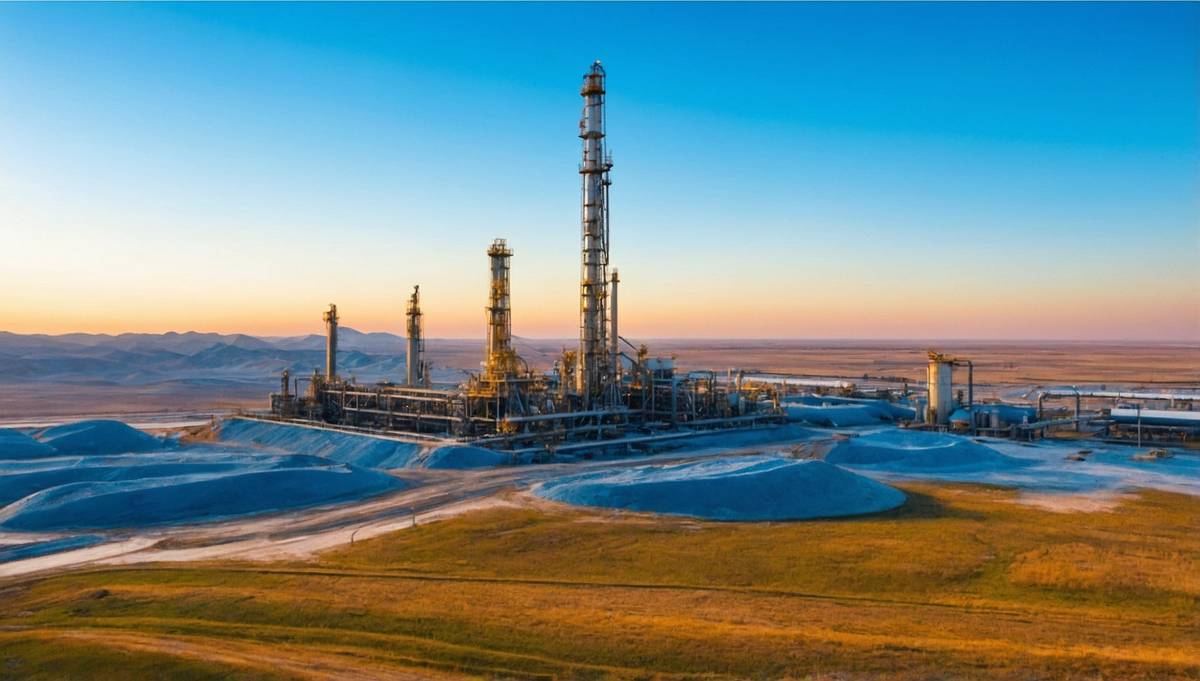Kazakhstan’s crude oil production experienced a significant surge, increasing by 7.5% from May to reach 1.88 million barrels per day (bpd). This output matched the country’s record high set in March and exceeded its OPEC+ quota of 1.5 million bpd. The rise was primarily driven by the Chevron-led expansion of the Tengiz oil field, which saw its production jump from 813,200 bpd in May to 953,000 bpd in June.
The Tengiz field, one of Kazakhstan’s largest, has been a focal point for increased production. Chevron’s $48 billion expansion project, initiated earlier this year, aims to boost output by 260,000 bpd by June, bringing total production to approximately 1 million bpd. This development is expected to contribute significantly to Kazakhstan’s oil and gas condensate production, which is projected to reach 96.2 million tons in 2025, up from 87.56 million tons in 2024.
Despite these advancements, Kazakhstan’s consistent overproduction has raised concerns within the OPEC+ alliance. The country has repeatedly exceeded its production quotas, leading to tensions among member nations. In response, OPEC+ has considered increasing production targets to offset the oversupply and maintain market balance.
The surge in Kazakhstan’s oil production also has broader implications for global oil markets. The increased output, coupled with OPEC+’s decision to raise production targets, has contributed to a decline in global oil prices. Analysts warn that this trend could impact the financial stability of oil-producing nations and influence global energy dynamics.
In summary, Kazakhstan’s oil production in June 2025 reached a record high, driven by significant expansions in key oil fields. While this growth bolsters the country’s oil output, it also presents challenges within the OPEC+ framework and the broader global oil market.











Leave a comment